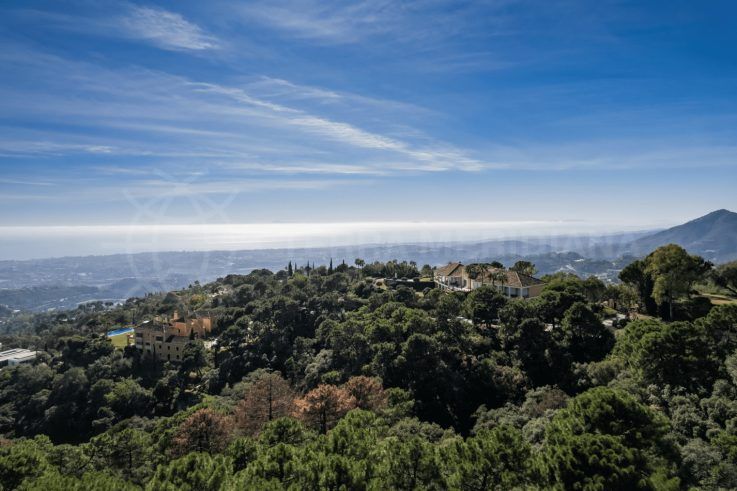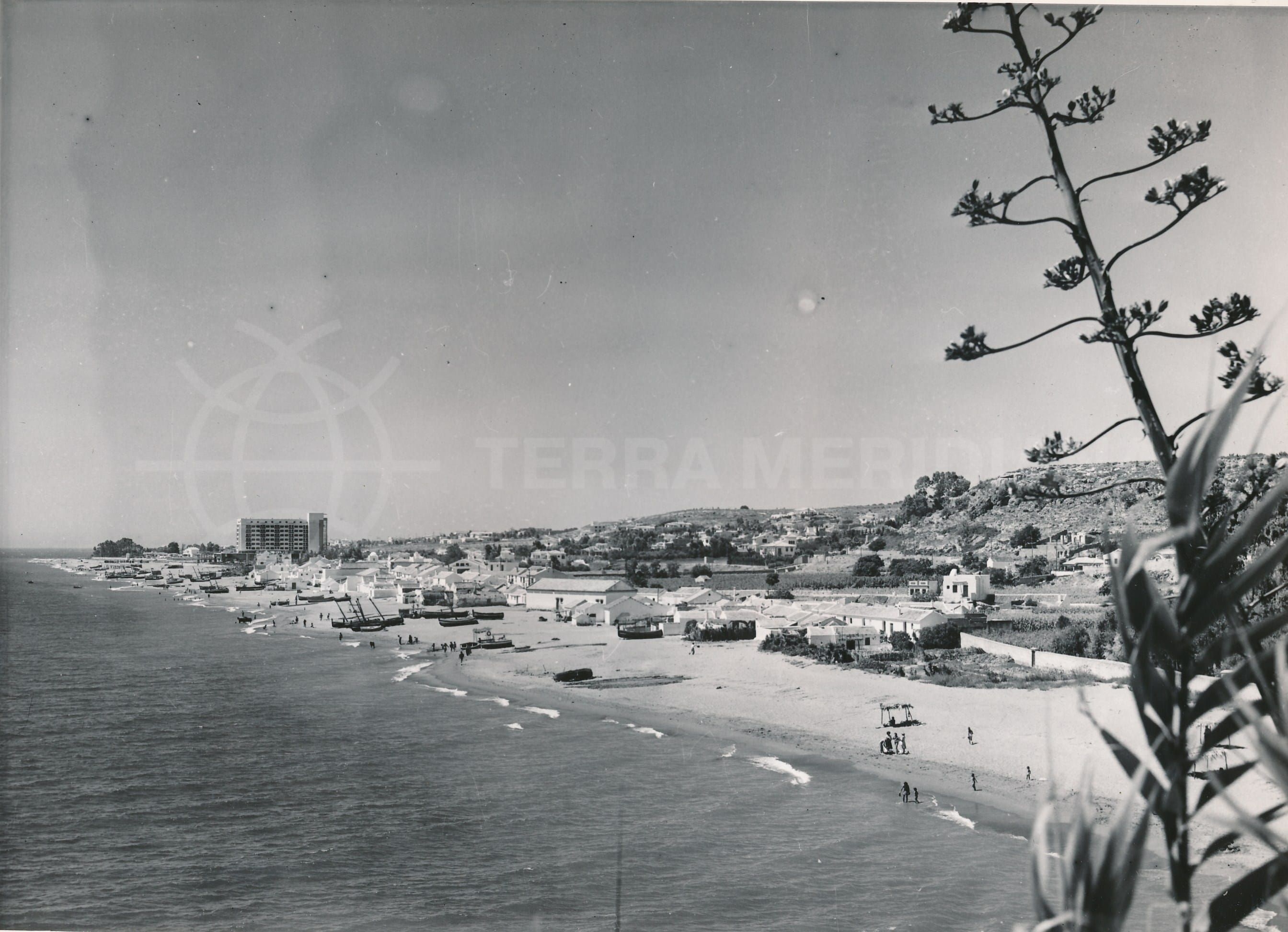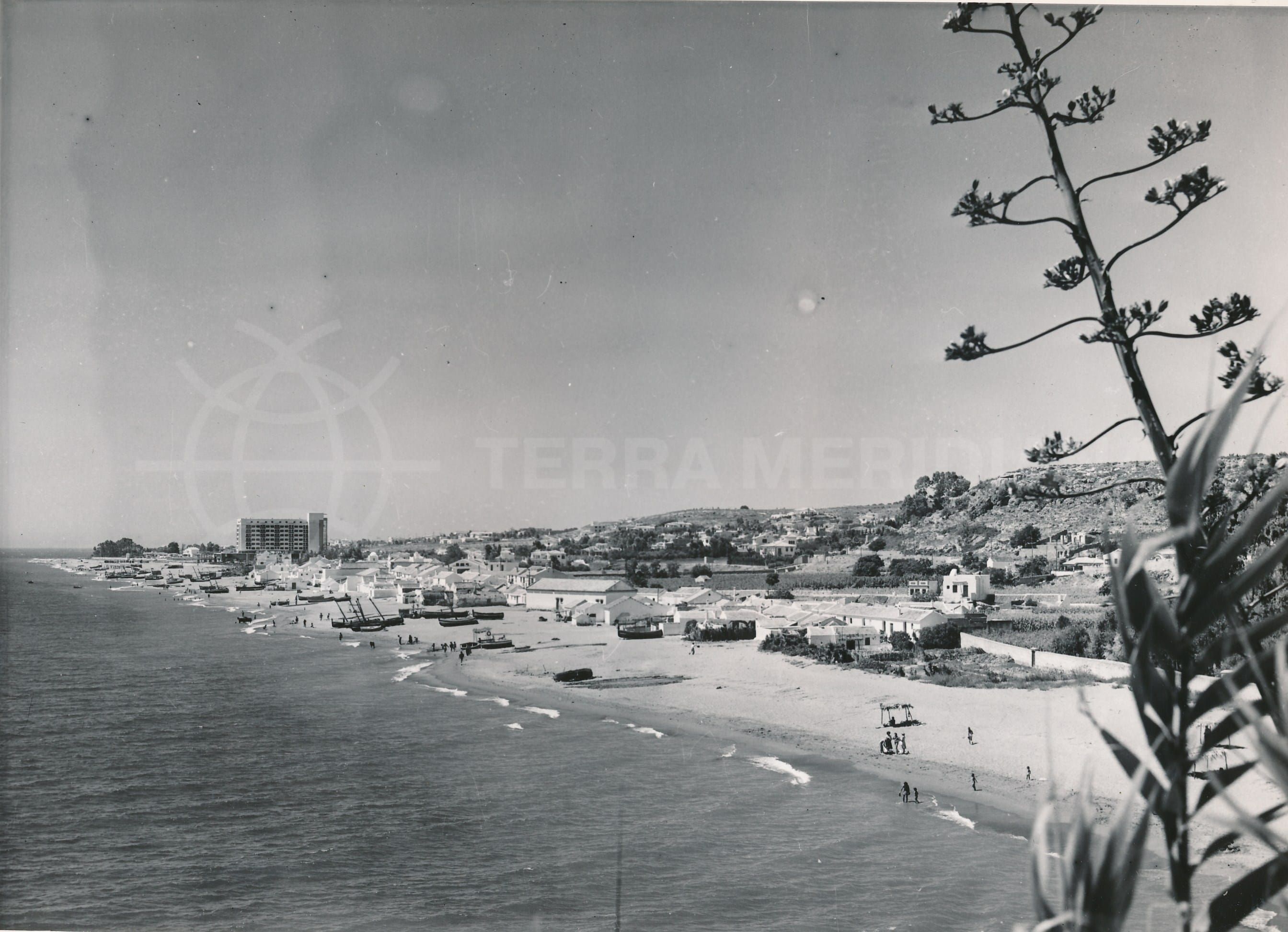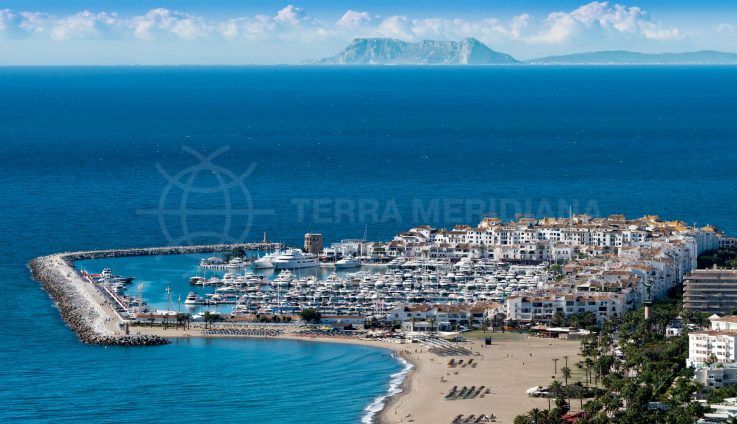
Property News
A brief history of the Costa del Sol
The Costa del Sol, one of Spain’s most famous Costas, is not a traditional region but rather a stretch of coastline that has become synonymous with the finest values of Spanish sun, summer and hospitality – not to mention a unique quality of life in Europe’s finest climate. As such, it is one of the most popular tourist and residential destinations in the world.

Location
The Costa del Sol extends for 175 kilometres from Manilva in the west to Nerja in the east, extending along the full coastline of the province of Málaga. In so doing, it runs from west of Estepona to well east of the provincial capital of Málaga, encompassing over 100 beachside and inland destinations such as Casares, Estepona, Benahavis, San Pedro de Alcantara, Marbella, Mijas, Fuengirola, Torremolinos, Benalmádena, and the elegant port city of Málaga, as well as Rincón de la Victoria, Velez-Málaga, Torrox, and Frigiliana. Though Sotogrande is actually in the province of Cádiz, in reality it too forms part of the Costa del Sol.
Setting
The setting is unique, creating a green coastal plain that lays between the Mediterranean Sea and the mountain ranges of the Penibaetic system. The latter include the Sierras of Mijas, Alpujata, Blanca, Bermeja, Cristalina, de las Nieves and the Montes de Málaga. The landscape ranges from green mountain valleys, forested hills, waterfalls and mountain streams that cascade down towards undulating rustic areas, golf courses and leafy residential zones and exclusive country clubs.
They include large suburbs such as Nueva Andalucía, with its ‘Golf Valley’, which is home to three of the Costa del Sol’s more than 60 golf courses. The shoreline itself contains long sandy beaches, a section of protected dunes and coastal pine forests, as well as little coves and, in Nerja, rocky cliffs. The fact that the area is green and enjoys such a wonderful microclimate is thanks to the protection provided by the curtain of mountain sierras, which form the basis of the Costa del Sol’s uniquely appealing climate.
Origins
The region was originally inhabited by the Bastuli, who like their Iberian brethren are the indigenous people of what is now Spain and Portugal. However, Andalucía is located at an important crossroads between the Mediterranean and the Atlantic, and as a result has been invaded many times.
Phoenician traders from what is today Lebanon were among the first to arrive, and as the founders of ports such as Málaga, Gibraltar and Cádiz, their interaction with the local people produced a vibrant culture. Their descendants, the Carthaginians, would later fight the Romans for control of the Iberian Peninsula, as a result of which it became part of the Roman Empire, which laid the foundation for the Spanish language.
Celts, who had come long before from the north, were already here, followed later by Germanic tribes and members of the Byzantine Empire, before in 711 Moorish and Berber invaders raided all the way up to the Pyrenees. They would control the region of Málaga for seven centuries, making it one of the last Muslim strongholds in Spain. The Christian Reconquest of the region, however, did not spell the end of international strife, for the Barbary Corsairs from North Africa would raid the coasts for centuries, carrying off bounty and also hundreds of thousands of slaves who were never seen again.
The region was also the scene of international wars by the great European powers, and when an Anglo-Dutch force took Gibraltar it would remain in British hands to this day. Napoleon also conquered Spain, fighting battles with the Spanish and British, including the famous Battle of Trafalgar fought in what is now the Costa de la Luz just south of Cádiz.
The 19th century saw the port of Málaga revived in importance, but by the end of the century its industries were in decline, leading a group of Malagueño worthies to set up a society in 1897 with the aim of promoting its sunny year-round climate as a draw for the nascent tourism industry as an alternative source of income.
By 1918 the Costa del Sol’s first public bathing beach, Baños del Carmen, opened east of Malaga to great fanfare. In 1925, the first golf ball to find the region’s rough was hit on the course near Torremolinos, now part of the Parador de Malaga Golf, not far from the airport. The Spanish Civil War and the Second World War affected this promising early development, but soon after hostilities ended, the first Marquis of Ivanrey, Ricardo Soriano, began to put Marbella on the map after he bought a tract of land right by the sea.
The process was consolidated by his nephew, Prince Alfonso de Hohenlohe, who bought country estates around the village of Marbella – home to just 900 back then – laying the foundations for the Costa del Sol’s first resorts, El Rodeo in 1943 and Marbella Club in 1954. It was here that the Costa del Sol was born.
Once these early resorts were built, the world came. First off the plane were Hollywood stars like Grace Kelly and Marlon Brando in the 1950s, followed by European aristocrats and international tycoons in the 60s, not to mention regular, royal summer visitors like Saudi Arabia’s King Fahd, who first came to Marbella in the 1970s.
Malaga-Costa del Sol International Airport inaugurated its first purpose-built passenger terminal in 1968, opening the floodgates to charter flights full of holidaymakers from northern Europe. Meanwhile, between Málaga and Marbella, first Torremolinos then Benalmádena, Fuengirola and Mijas, sprouted second homes by the sea for Spaniards and foreign sunseekers alike that transformed this sleepy coastal region into the actual Costa del Sol of today.
In 1970 visionary property developer José Banús cut the red ribbon at Puerto Banús in the presence of Julio Iglesias, kicking off the jet-set’s never-ending party that was the glitzy, glammed-up 1970s. Banús then turned his gaze inland to develop Nueva Andalucía, the Costa del Sol’s Golf Valley, home to the highest concentration of the region’s 60-plus courses today.
By the early 1990s, Marbella’s glamour had begun to dim, and while the colourful mayor Jesus Gil is responsible for reviving it and turning the town’s fortunes around, he later discredited himself with large-scale town-planning and real estate corruption. Unfortunately, this model was repeated across the Costa del Sol, leading to a huge property boom whose bubble burst with the onset of the global financial crisis in 2008.
The following recession hit the coast hard, but it began to bounce back by 2013, when a new, more considered and sustainable growth period began that continues to this day. Marbella has, however, inherited the planning improprieties of the past, which led Spain’s Supreme Court to cancel its municipal planning guidelines and re-instate the 1986 PGOU until a new one is drawn up and ratified – which is not expected to happen before 2020. As a result, much of the new development has been focused on Benahavis, Mijas, Ojén and Estepona, which don’t suffer from planning issues, and which as a result have seen very positive growth in recent years.
Communications
The coast’s air gateway, Malaga-Costa del Sol International Airport, didn’t really take off until decades after the first plane touched down there in 1919. It was not until 1946 that it opened up to civil aviation, serving domestic and overseas routes. The airport expanded, hand-in-hand with package tourism throughout the 60s, and its first passenger terminal was followed by Pablo Ruiz Picasso terminal in 1991, and then by T3 in 2010, now providing the impressive capacity to handle 9,000 passengers an hour.
The Costa del Sol’s main artery, the N-340/A7, is part of a (very) long road that runs from Barcelona to Cádiz, connecting the coast’s towns, villages and beachfront and hillside developments via what used to be known as the ‘road of death’, because of its white-knuckle-inducing on-and-off ramps. The opening of the 100-kilometre AP7/E-15 toll highway, which links Fuengirola to Guadiaro, in 1999 made the journey safer, along with the installing of central reservation barriers on the A7.
Some figures
Today, the Costa del Sol remains Spain’s top destination for Spanish and overseas holidaymakers and holiday-home buyers. Andalucía welcomed nearly 30 million of Spain’s almost 82 million tourists in 2017, equivalent to just under 37% of the total. The vast majority made their way to the Costa’s sun-soaked 100-mile strip.
In terms of property sales, in 2017 close to 465,000 homes changed hands nationwide. Over 88,657 were in Andalucía, with the lion’s share located on the Costa del Sol. A large proportion were off-plan, new-build or homes lived in for the first time. By the end of the fourth quarter of 2017, sales registered in the three-month period were the highest since 2008.
Foreign buyers were involved in 13.11% of property sales, an all-time high and a huge increase over 2009’s 4.24%. Britons accounted for 15% of all purchases, followed by the French (8.64%), Germans (7.77%), Belgians (6.39%) and Swedes (6.38%). Scandinavian and Belgian buyers, in particular, are now leading the drive, but even British buyers shrug off Brexit fears and have retained their appetite for the Costa del Sol way of life.
Originally published in January 2016, updated by Adam Neale in July 2018
By Adam Neale | Property News | July 26th, 2018
Related Posts


